
The Business of Fashion
Agenda-setting intelligence, analysis and advice for the global fashion community.

Agenda-setting intelligence, analysis and advice for the global fashion community.
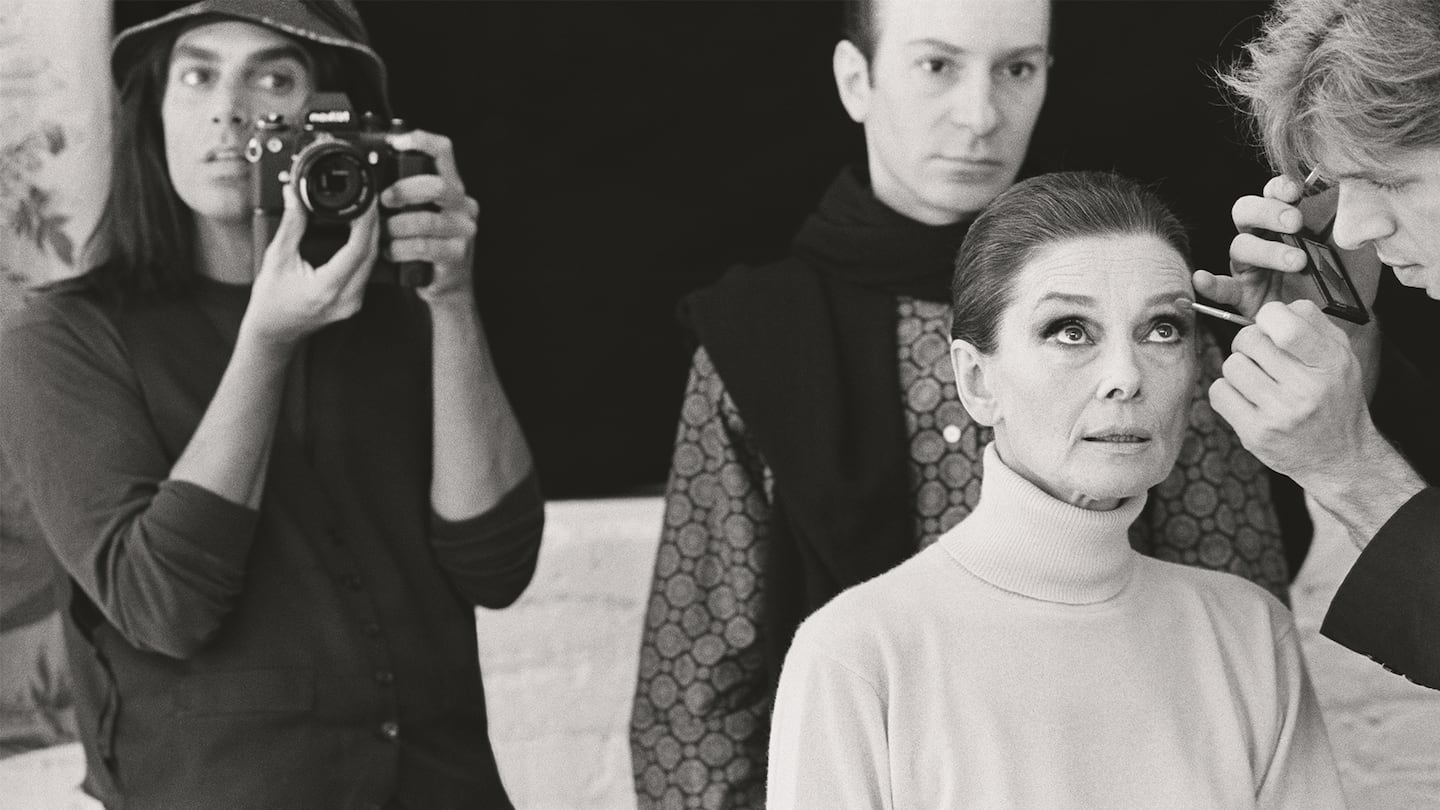
I’m not in the habit of writing love letters. My heart is already taken. But I feel it’s way past time to vent my decades-long passion for the photography of Steven Meisel. It’s been rekindled by an exhibition which opened this week in A Coruña, the Galician port where Inditex founder Amancio Ortega opened the first Zara store in 1975. That’s relevant because it’s his daughter Marta’s foundation which is staging the show in an exhibition space converted from warehouses on A Coruña’s waterfront.
The exhibition is remarkable for any number of reasons. Its full title “Steven Meisel 1993, A Year in Photographs” signposts its focus. According to Lina Bey, who has run his studio forever, Meisel photographed 124 magazine editorials, 28 Vogue covers and six advertising campaigns in that year alone. His prodigious output was matched by a creative spurt that resulted in a cluster of images that endure as modern fashion icons. And that was just one year of the many which define Meisel as the greatest fashion photographer de nos jours. I can’t help myself, I instantly jump to “Picasso 1932,” the breathtaking show staged at Tate Modern in 2018, which clubbed this viewer into submission with its reminder that Picasso’s greatest-ever status was founded on year after year after year of restless, questing genius, with 1932 singled out for its particular breadth and depth. Same with “Meisel93.”
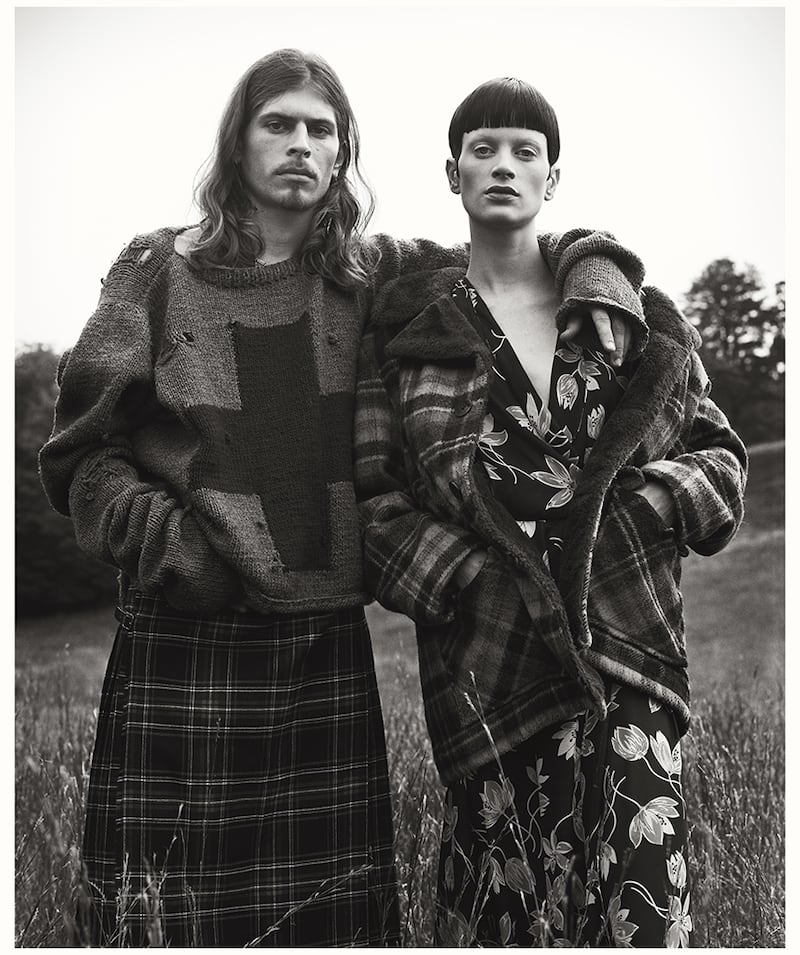
But Picasso’s career has been endlessly celebrated, Meisel’s scarcely at all. There’s been barely any of the museum or gallery shows or editioned prints that have been afforded his peers, none of the weighty coffee table retrospectives and the most limited media access to the man himself — all by his choice, of course, which, given his body of work, seems willfully perverse. So it’s not simply the physical scale of the show, with over a hundred huge reproductions, that makes “Meisel93″ impressive. Its mere existence is remarkable.
Meisel has photographed a dozen campaigns for Zara. I take that to mean he has established a connection with Marta Ortega Peréz which helped her overcome his career-long reluctance to elevate himself. The focus on one year, 1993, was surely persuasive for him, but it also highlights the challenge for anyone who fancies anything as conventional as a retrospective for a photographer as multifaceted as Meisel. Where do you start?
ADVERTISEMENT
In 2015, Meisel agreed to an exhibition-cum-auction of his work at Phillips. He chose 25 images from 1987 to 2011 under the title “Role Play.” And, wonder of wonders, he also agreed to talk on the phone for a Q&A that appeared in WSJ magazine. He said he’d never felt any need for celebration. “It was never a priority, just not so important to me, and then as the years kept going on, I thought, ‘Oh God, another year to try and edit.’ It’s become an absurd task, so maybe I can’t do it now because it’s overwhelming and I’ll go through contact sheets and in an hour I’ll be crying.”
“Emotionally, it’s very difficult for me to look at old work I’ve done,” Meisel admitted in that same conversation. “That’s why it was so hard to do the Phillips thing. It’s either because I look at what I could have done better, or I start crying over the people. I’m ridiculously sensitive, that’s just who I am, so it’s really tough for me to look at old pictures. I always get sad.” I asked him if that response was something as fundamental as melancholy at the transience of everything, including the beauty that is the currency of his work. “I’m not going to get into the whole meaning of life — of which there isn’t one anyway — but yes,” Meisel answered.
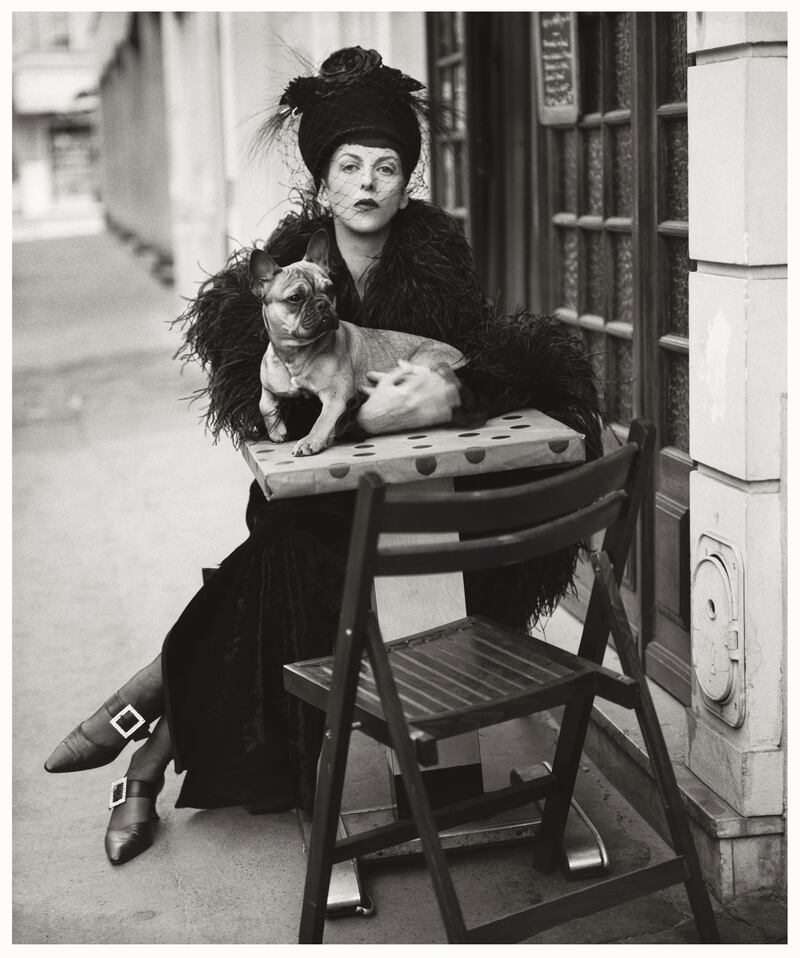
Seven years later, and there are times when the melancholy on the walls of “Meisel93″ is overwhelming. A longtime fascination with the Bright Young Things, the glittery party people who juiced up British high society in the 1920s, manifests itself in multiple images of stylish eccentrics like Hamish Bowles, Isabella Blow and Lucy Ferry.
In July ‘93, Blow chose a handful of young London beauties for Meisel to photograph for British Vogue. Among those subjects is Stella Tennant, gawky then, with a nose ring and a punk crop and no interest at all in the world of modelling. From that uncompromising entrée, she went on to become one of the great beauties of our time. And now she, and Izzy Blow and Lucy Ferry are gone, dead by their own hands. Time is the most brutal taskmaster of all.

But check the date that Meisel first photographed Stella in London. July 14. A week later, she’s in Paris, for a shoot with Linda Evangelista and Kristen McMenamy for Vogue Italia. The trajectory is not untypical for the young women with whom Meisel connected. At the dinner after the exhibition opening, I was seated next to Karen Elson. She told me her Meisel origin story: “I was 17, down to my last subway token which I was saving to get to the airport the next day, going back to Manchester with my tail between my legs. There was a snowstorm and I hid in Chelsea Piers all day but I was determined. I used my last quarter to call Brana [Wolf, Meisel’s stylist] from a payphone and she said, ‘Why don’t you come to the studio at 4 o’clock?’ And I did ten pages for Italian Vogue. My first shoot. It was Steven’s last before the Christmas holidays and he percolated over the break. ‘What can I do with her?’ When I came back, we shot my first cover, on my 18th birthday.” What Karen doesn’t mention is that that first cover, for Vogue Italia, involved a full makeover from hairdresser Ward and makeup artist Pat McGrath, which transformed Elson from a pretty brunette to the flame-haired oddity who proceeded to storm the citadels of high fashion.
That too is not untypical in the story of Steven Meisel. Elson is not alone when she says, “I’ve only really felt known and loved by Steven, like you have a secret and he has the psychic ability to draw that person out of you.” For a young model, it was often the professional opportunity of a lifetime. Christy Turlington said, “to have a campaign, a shoot, a first cover with Steven, that’s the moment when your career has the possibility of transforming into something much, much greater.”
Meisel was quite clear about his own thoughts on his Svengali-like sway when we talked in 2015. “I think I’m in every picture that I take, regardless of whether it’s a super-commercial something, it’s all me… I do do it all. I have many people to help me, but it is me.” That obviously begged the question about whether his work — the dowagers and the rock chicks, the screen queens and supermodels, the grunge kids and the perfect young Adonises — was all autobiographical. “Of course,” Meisel answered. “It’s me, it’s what I’m doing or experiencing. You’re in a different head all the time… I think, ‘Damn, I put my whole fucking life out there this week but people didn’t notice.’ I don’t ever regret it though.”
He himself had no idea what tied it all together. “I wish I knew.” I suggested something beautiful, but quite old-fashioned: loyalty. Over the years, Meisel has surrounded himself with a tribe of people — models, stylists, hair and makeup artists, set designers — who have become so acutely attuned to taking his direction that every photo shoot bears an auteur’s thumbprint. Like Hitchcock, or Fellini or Orson Welles. It infuses every image he creates, and makes it identifiable as his, regardless of how different it might be from the last Meisel picture you saw. You can always recognise the work of a master magician.
ADVERTISEMENT
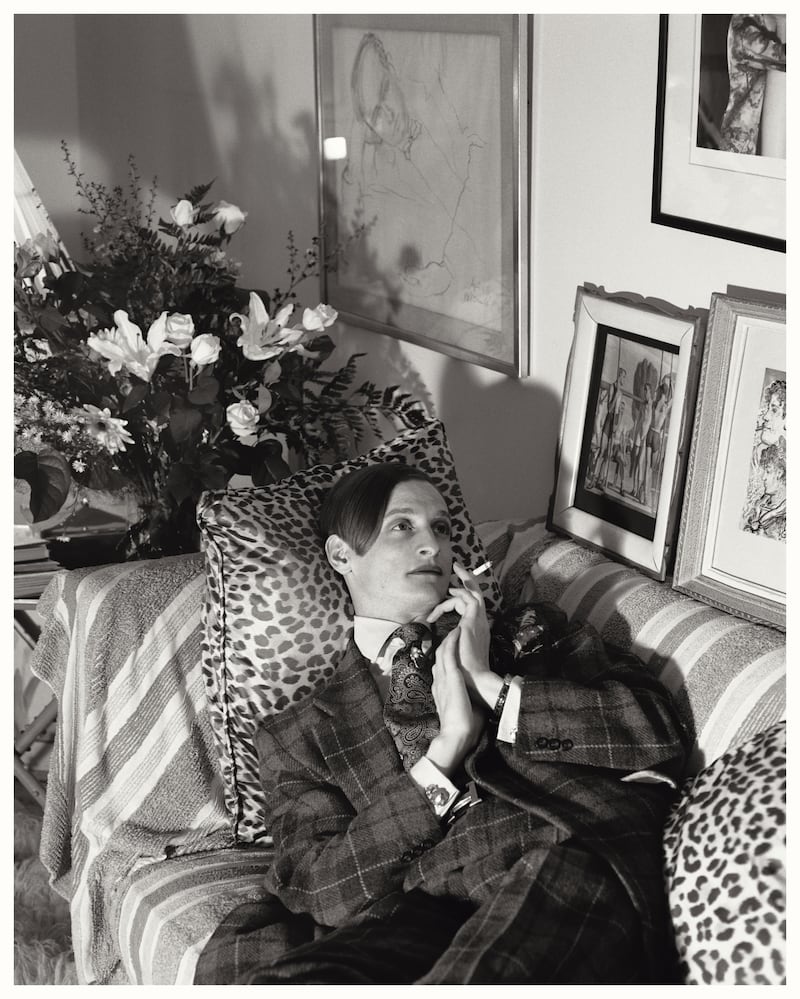
And there’s the answer to anyone who has ever wondered what the connective tissue is in the almost surreal variety of Meisel’s work. “If Avedon and Andy Warhol had a baby he would be Steven Meisel,” critic Michael Gross once observed. The polymorphous perversity of both those artists saturates his photographs. What distinguishes Meisel is his knowledge and love of fashion.
It was a childhood thing. Growing up in New York, he’d stake out model agencies and photograph the women coming and going with his Instamatic. He was also at the eye of a cultural hurricane in New York in the Sixties. His father worked in the music industry. Baby Steven saw the Supremes at the Copacabana, the Beatles at Shea Stadium. He was at Max’s Kansas City when he was 14 years old, the same time as he was attending the High School of Art and Design on East 57th Street. He worked his way up to the table at the back of the lunchroom where the cool kids sat. Among them was Pat Cleveland, who remembers a boy so beautiful he never had to be cool. Loulou de la Falaise and Marisa Berenson lived across the street. Meisel would snap them, too.
After high school, he studied fashion illustration at Parsons School of Design, made friends with Stephen Sprouse and Anna Sui, interned with Halston, worked as an illustrator for Women’s Wear Daily, moved into photography, took test shots for the Elite Agency, then Seventeen, W, Mademoiselle, Self… and finally Vogue. And all of that was the crucible which birthed stories that turned models into superstars, while completely recalibrating the concept of the fashion narrative. If there’s ever a Meisel biopic, it’ll be fashion heaven.
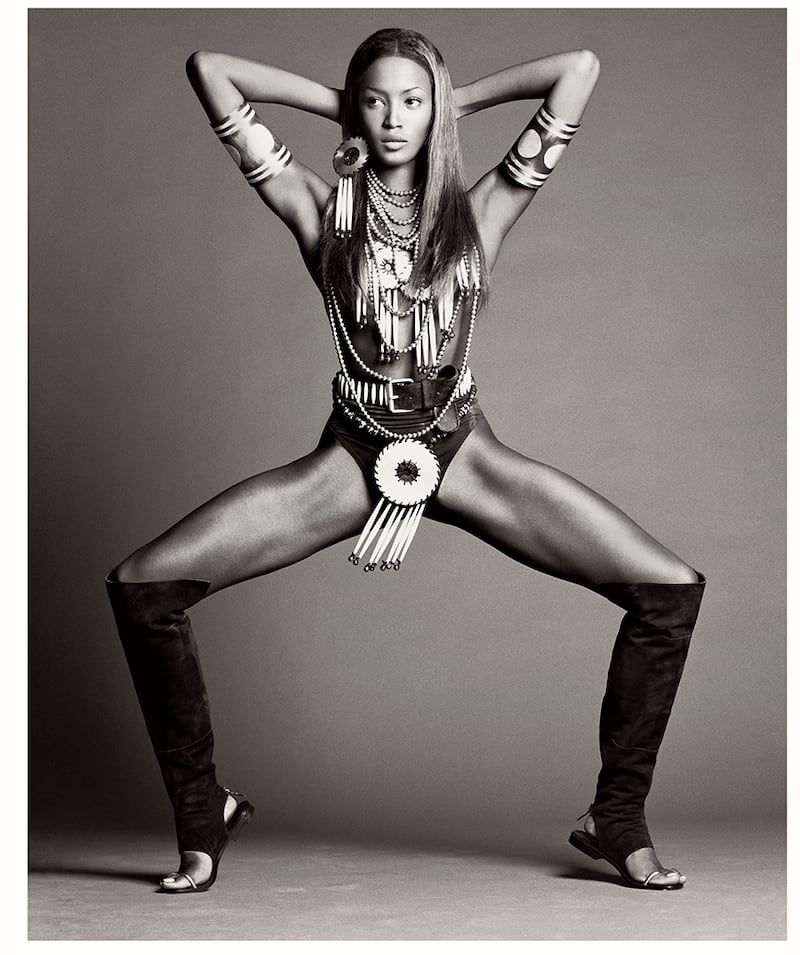
One of the more remarkable things to note about my trip to A Coruña was how many of the characters who populated the various chapters of the Steven Meisel story were present. Pat Cleveland, Marisa Berenson and Anna Sui were there. So were the hairdressers Garren, Thom Priano and Guido; the stylists Joe McKenna, Carlyne Cerf de Dudzeele and Karl Templer; the art director Fabien Baron (who shaped Madonna’s SEX book with Meisel and was responsible for the hyperchic merchandising that accompanies the exhibition); and superagent Jimmy Moffat. And there was a full contingent of Meisel’s stars: Christy Turlington, Amber Valletta, Naomi Campbell, Karen Elson, Edie Campbell, Coco Rocha, Karlie Kloss, Natalia Vodianova. Meisel himself, of course, was nowhere to be seen, which was scarcely a surprise. Rumour had it that he would visit the show in a few weeks, with Pat McGrath.
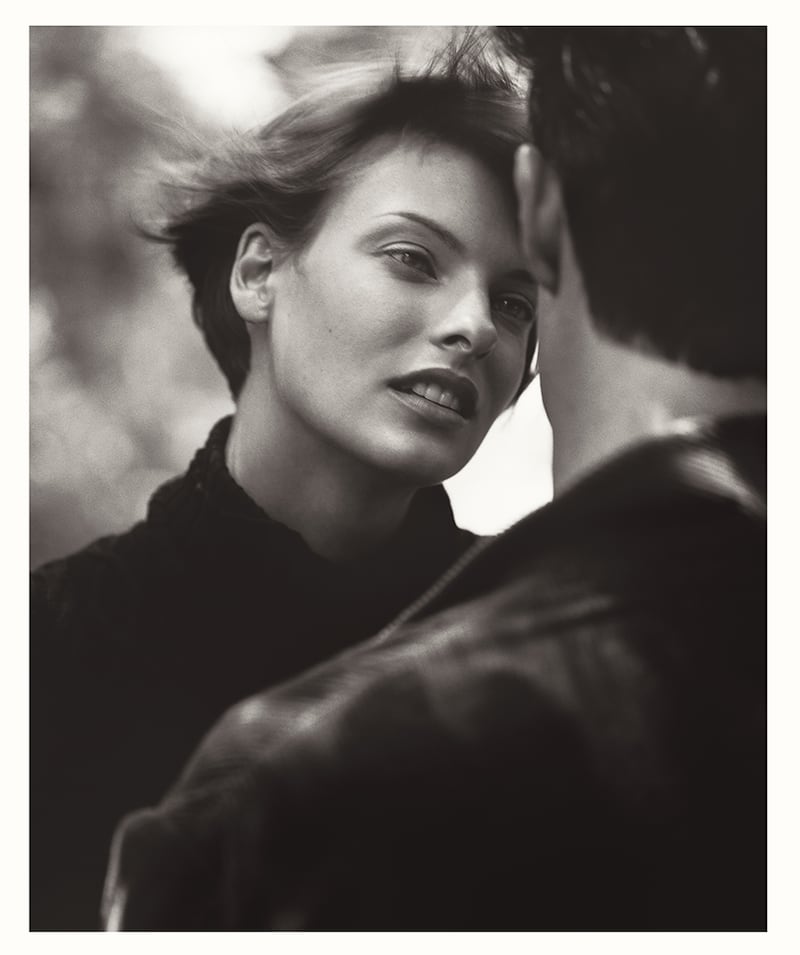
Linda Evangelista was missing, too. Theirs was one of the great fashion love stories from their very first Vogue shoot together. Meisel always placed great importance in collaboration. He loved models who could understand the narrative personae he gave them. Even better if they could enlarge them. You can see that in Evangelista’s contribution to the stories in “Meisel93.” Shoots separated in some cases by mere days reveal a range that qualifies her as quite possibly the best actress manqué who ever modelled. If it’s all, as Meisel once said, ultimately about himself, he couldn’t have wished for a better alter ego than Evangelista.

But I find something profoundly haunting about that idea. It tracks back to what Meisel said about melancholy. Back then, I asked him if the reason he got so emotional when he looked at old images was because he was finding his own truth in them. Makes sense. It’s his autobiography after all. Over the phone, I could hear him choking up.
Truth is beauty, beauty is truth — that is all you know on earth, and all you need to know. But it’s not an easy lesson.
Disclosure: Tim Blanks travelled to A Coruña as a guest of Marta Ortega Peréz.
 Opens in new window
Opens in new windowWilly Vanderperre speaks to Tim Blanks on more than 30 years of fashion photography and his life-long fixation with youth culture.
Next week, MoMu, Antwerp’s fashion museum, will unveil a major exhibition celebrating the work of Belgian photographer Willy Vanderperre.
In an exclusive extract from her new memoir ‘How to Make Herself Agreeable to Everyone’ the model and activist examines the dark side of the industry — and her complicity in it.
Brand architect and art director joins BoF founder and editor-in-chief Imran Amed to discuss the philosophy that underpins his groundbreaking retail and hospitality concepts.